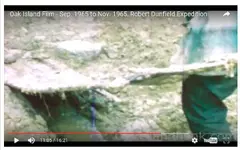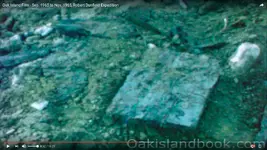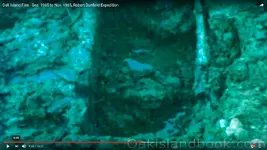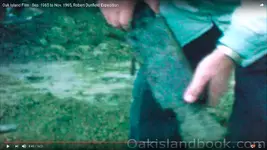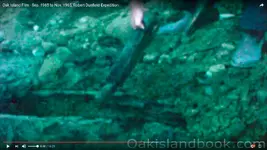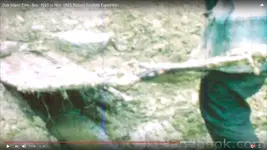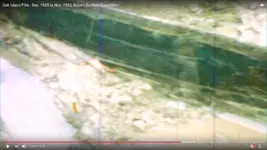"I can't imagine a fish company paying laborers to create salt in a way so inefficient compared to mining land salt."
I am not trying to defend my going with the salt theory, everyone has their own idea as to why these things are there, i just happen to believe it the most plausible given the owners of the island and their business, the high cost of salt to import, the need and the low cost to produce it on their own as they needed it...which are all verifiable facts
Plus the fact that coastal towns in other countries used these type of salt works, in various configurations, for hundreds of years....France, the UK, Japan being among them
The drains are reported to drain back towards shore to a well/sump 24' deep....this salt theory also gives a reason for the fibre/eel grass being used to strain the seawater, to keep the well from being filled in with sand over time....or at least to a lesser degree
Agreed on the wood, just as with shipwrecks found, the wood can be in good condition, salt water helping to preserve it and the lack of oxygen being the main reasons.
For now, until someone has more all inclusive reasons for these being there, I will stick with the salt factory...doesn't mean i'm right, just means I have seen nothing else that fits as well
From what I have read there were no salt mines in the immediate area in 1753 when the fishing company bought the island, any idea when salt mining began in upper NYS?
Thanks...
Edit to add...from Wiki
"Before the advent of the internal combustion engine and earth moving equipment, mining salt was one of the most expensive and dangerous of operations, due to rapid dehydration caused by constant contact with the salt (both in the mine passages and scattered in the air as salt dust), among other problems borne of accidental excessive sodium intake. While salt is now plentiful, until the Industrial Revolution it was difficult to come by"
Also from Wiki....
"Salt pans are shallow open, often metal, pans used to evaporate brine for the production of salts. They are usually found close to the source of the salt. For example, pans used in the solar evaporation of salt from sea water are usually found on the coast, while those used to extract salt from solution-mined brine will be found near to the brine shaft. In this case, extra heat is often provided by lighting fires underneath."




